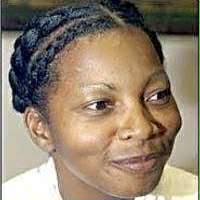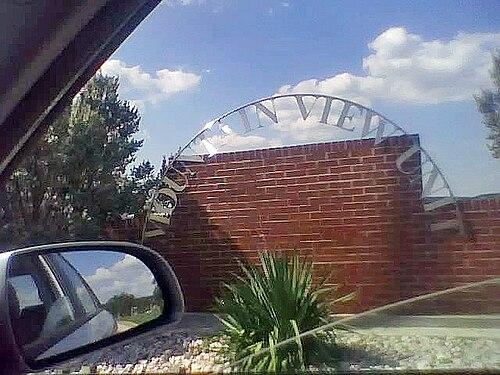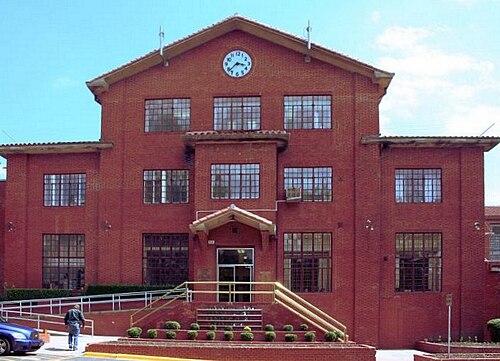
1965 - 2005
Frances Elaine Newton
Summary
Name:
Frances Elaine NewtonYears Active:
1987Birth:
April 12, 1965Status:
DeceasedClass:
MurdererVictims:
3Method:
ShootingDeath:
September 14, 2005Nationality:
USA
1965 - 2005
Frances Elaine Newton
Summary: Murderer
Name:
Frances Elaine NewtonStatus:
DeceasedVictims:
3Method:
ShootingNationality:
USABirth:
April 12, 1965Death:
September 14, 2005Years Active:
1987Date Convicted:
October 25, 1988bio
Frances Elaine Newton was born on April 12, 1965, in Texas, United States. Very little is publicly documented about her early upbringing or formative years, but by her early twenties, she was living in Houston with her estranged husband Adrian Newton and their two young children, Alton and Farrah. Frances was known to be a mother trying to manage life while dealing with personal and financial instability. Prior to the tragic events of 1987, she had been in legal trouble. In December 1985, she was convicted of forgery and sentenced to three years of probation. Former employers had also accused her of theft, which painted a troubling picture of a woman struggling to maintain trust and stability in both professional and personal spheres.
Newton’s marriage to Adrian had reportedly become strained. They were both seeing other people, and their relationship had eroded significantly by 1987. In this context of marital breakdown and financial pressure, Newton reportedly took out multiple life insurance policies — valued at $50,000 each — on her husband and daughter, listing herself as the beneficiary. These policies were purchased just weeks before their deaths. Newton would later claim she forged Adrian’s signature without his knowledge simply to ensure the premiums were paid, but prosecutors would argue the policies were central to her motive. While Newton insisted that a drug dealer named "Charlie" — whom she claimed her husband owed money to — was responsible for the killings, her version of events would eventually be dismissed in court.
Despite the lack of a prior violent criminal history, Newton’s actions, or at least how the evidence was interpreted, would place her at the center of a high-profile capital murder case. Her life prior to the murders suggests someone under stress, caught in a deteriorating relationship, and entangled in financial schemes that would ultimately lead to her undoing.
murder story
On the night of April 7, 1987, tragedy struck the Newton household in Houston, Texas. Frances Newton’s estranged husband Adrian, their 7-year-old son Alton, and their 22-month-old daughter Farrah were each shot execution-style in their apartment. All three were killed using a .25 caliber pistol, a weapon later linked to Michael Mouton, a man Newton was dating at the time. According to testimony, the gun had passed from Mouton to his cousin, Jeffrey Frelow, with whom Newton also had a close connection — she did his laundry and was regularly in his home, where the gun had been kept in a drawer. Following the murders, Newton was seen placing a paper bag containing the murder weapon in a relative’s home, a move she claimed was done to protect others after she allegedly found the gun in her own home.
Immediately, Newton denied any involvement in the killings and blamed them on a drug dealer named “Charlie,” alleging her husband was involved with drugs and owed money. Investigators, however, found no evidence of drug activity or a dealer named Charlie. Her explanation conflicted with the physical and circumstantial evidence — particularly the timing of the insurance policies, the gun's connection to her, and her own movements after the crime.
On November 17, 1987, Newton was officially indicted and tried for the triple murder. Prosecutors asserted that the killings were motivated by a financial scheme to collect life insurance payouts. In 1988, she was convicted of capital murder and sentenced to death. The conviction was based largely on forensic findings, witness testimony, and her connection to the murder weapon. During the trial, the defense argued that she was being unfairly targeted and that key forensic evidence had either been mishandled or insufficiently tested. One piece of clothing, a skirt worn by Newton at the time, was contaminated before it could be retested.

Her execution was originally scheduled for December 1, 2004, but just two hours before it was to take place, Texas Governor Rick Perry granted a 120-day reprieve to allow for further forensic analysis. Newton’s legal team presented evidence and testimonies from individuals — including a relative of hers — who claimed another person had admitted to the murders while in prison. Additionally, at least one juror from the original trial expressed concern over evidence not presented during deliberations. Nonetheless, a firearms expert affirmed in 2005 that the bullets used in the murders matched the gun Newton had hidden.

Despite multiple appeals, including a final request for clemency filed by her attorney David Dow, and opposition to the execution from Adrian Newton’s parents, all attempts for relief were denied. The Texas Court of Criminal Appeals and the U.S. Supreme Court declined to intervene. On September 14, 2005, after spending more than 17 years on death row, Frances Newton was executed by lethal injection at the Huntsville Unit in Texas. She made no final statement and declined a special last meal. Newton became the third woman executed in Texas since the state reinstated the death penalty in 1982.